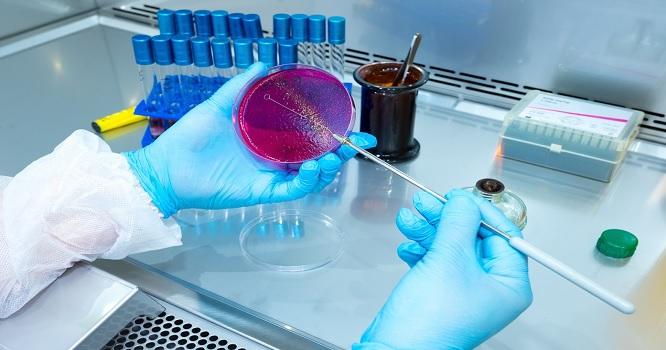Imagine a world of science without Petri dishes. These small, transparent plastic or glass vessels, dubbed after their inventor, the German bacteriologist, Julius Richard Petri, have a key role in the scientific research around the world. Petri dishes are indispensable in both biological and chemical laboratories because of their simplicity and versatility. This article takes a closer look at the four primary fields of application of these inconspicuous vessels.
Microorganism culture – the foundation of biological research
Petri dishes are an indispensable element of biological research, especially when it comes to microorganism culture. Owing to their flat structure and transparency, they enable observing the growth of bacterial or fungal colonies on special nutrient media. Petri dishes are also perfect for isolating individual microorganism colonies allowing a more accurate study of their physiological, biochemical and genetic properties. This makes it possible for scientists to research new drugs, vaccines or methods to combat pathogens.
Studying substance purity – industrial quality control
Petri dishes are also invaluable when it comes to testing substance and product purity, both in industrial and academic laboratories. An example of such an application is potable water quality testing, which involves using Petri dishes to study the presence of pathogenic microorganisms. Similarly, in the case of the food, cosmetics or pharmaceutical industries, these dishes are employed to monitor raw-material or finished-product purity, which enables detecting potential hazards to customer health.
Education – an essential tool in natural science teaching
Petri dishes offered by Noex, a manufacturer of plastic products, play a crucial role also in education, especially natural sciences. They enable conducting simple experiments that allow pupils to understand basic principles of biology, chemistry or physics. Petri dishes allow young scientists to observe microorganism growth, study the properties of various substances or experiment with chemical reactions. This makes Petri dishes not only a research tool but also an inspiration for the future generations of scientists.
In summary, Petri dishes are an extremely versatile tool employed in a variety of scientific and industrial fields. Their simplicity and functionality make them an integral part of any laboratory and a crucial educational tool. Without a doubt, Petri dishes will continue to play an important role in the development of science and technology.
